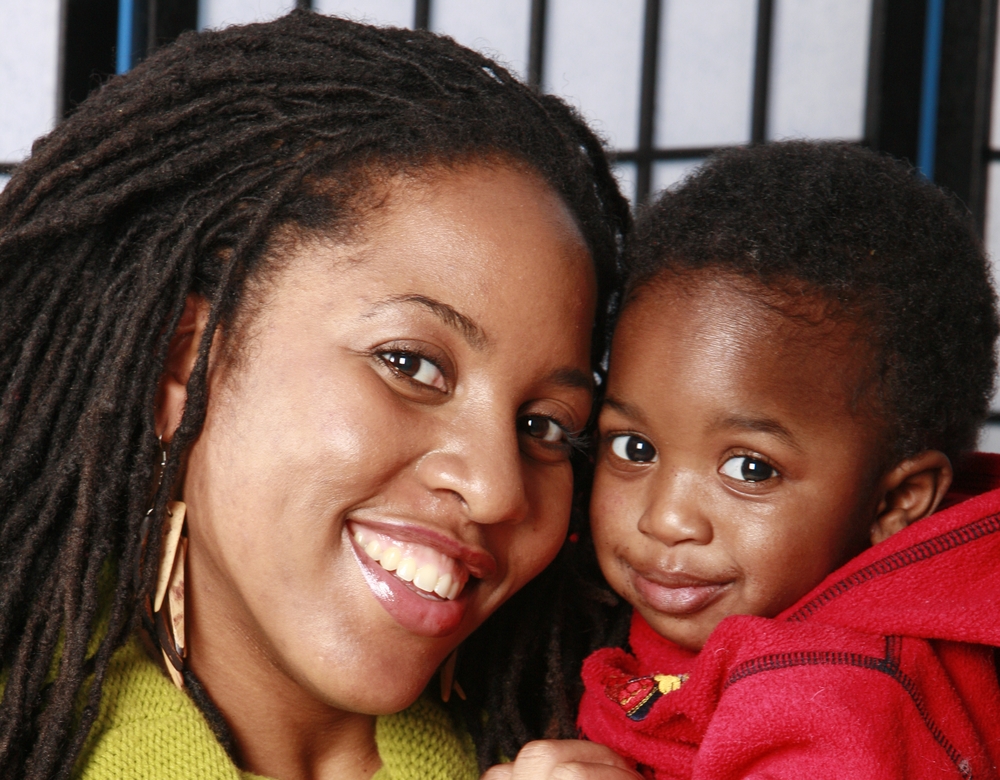
Reproductive Rights
Reproductive rights—having the ability to decide whether and when to have children—are important to women’s socioeconomic well-being and overall health. Research suggests that being able to make decisions about one’s own reproductive life and the timing of one’s entry into parenthood is associated with greater relationship stability and satisfaction (National Campaign to Prevent Teen and Unplanned Pregnancy 2008), more work experience among women (Buckles 2008), and increased wages and average career earnings (Miller 2011). In recent years, policies affecting women’s reproductive rights in the United States have substantially changed at both the federal and state levels. Between the publication of the 2004 Status of Women in the States report and this report, states overall made nominal progress on two indicators and declined or stayed the same on five others.
View All State Rankings See Key Indicators| Best | Worst |
|---|---|
| 1. Oregon | 51. South Dakota |
| 2. Vermont | 50. Nebraska |
| 3. Maryland | 49. Kansas |
| 4. New Jersey | 48. Idaho |
| 5. Hawaii | 47. Tennessee |


